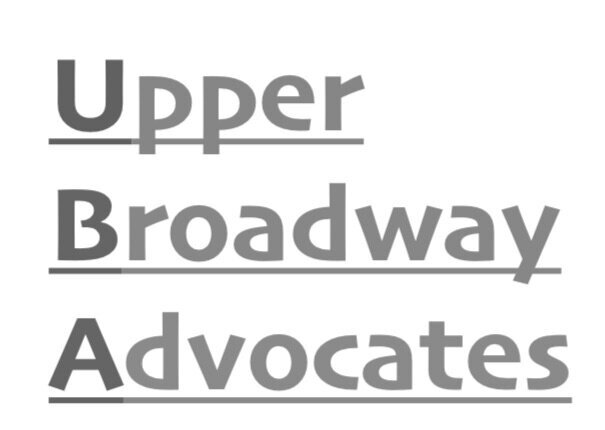6. zoning & city planning
“the (Essex Crossing) project is a reminder that what can seem like kneejerk public resistance to new developments, even ones that promise affordable housing, can’t simply be chalked up to NIMBYism. If residents don’t know how, or whether, a project fits into some shared, participatory, longer-term vision for a neighborhood, then the most modest new condo tower can become a call to the barricades.”
The developers were seeking a massive rezoning (height increase from 35’ to 190’) and a change to the City’s General Plan. This is unprecedented in Oakland and should not be allowed without further study of the impact. UBA advocated for a height reduction to better harmonize with existing neighborhood construction to 75’, the same as the adjoining Safeway/Ridge development. So far, as a result of UBA and community input, developer plans have been revised to a maximum height of 90 feet, with building heights to 5-8 stories.
Additionally, if the City should grant any such changes then the community deserves commensurate community benefit.
The applicant is seeking to rezone the campus CC-2, the same zoning as the adjacent Safeway project. The Safeway project is an example of what the CC-2 zoning designation is meant to allow, as well as what can go wrong. The CCA proposal is radically different. It pays lip service to the zone’s commercial requirements with one cafe and some art space. Unlike the Safeway project, which is entirely commercial and may, some day, have some residential on top of additional commercial development, the proposed CCA redevelopment is overwhelmingly residential. And the CC-2 zoning received by the adjacent Safeway parcel has a height limit of 75 feet, not 190 feet - or even 90’.
There is a critical need to evaluate land use issues NOW, with the public, to make sure that the zoning and General Plan changes resultant from this project are appropriate. Then we can consider what kind of redevelopment project makes the most sense. If the City (and the applicant) expect to garner public support for this project, and if they hope to avoid (unnecessary) litigation, there must be meaningful engagement with the public now.
The CCA redevelopment has potentially profound land use implications for the City, not just in its immediate area, but also along the entire Broadway corridor towards the Kaiser Center. UBA believed that a 19-story tower built on the CCA campus would provide one bookend, with Kaiser providing the other, for substantial vertical development along Broadway. We questioned whether this is the type of development the City - or the public - want. UBA believes the City should engage the public about such issues before evaluating a specific project.
Certainly, there should be a comprehensive plan for the north east corner of Broadway and 51st St./Pleasant Valley. With the failed “Phase II” of the Ridge/Safeway project, the City has an opportunity to encourage unified planning for the entire area, including the CCA site.
Without overall planning Oakland will lose what makes Oakland attractive — neighborhood communities and character. Districts such as the proposed Jazz district create a sense of pride and belonging, and promote engaging destinations and discovery, whereas a sterile design that could be found anywhere would only detract from the current neighborhood character. Oakland has a vibrant character and deep architectural heritage. City planning can leverage this development surge to create an even more vibrant set of districts.
